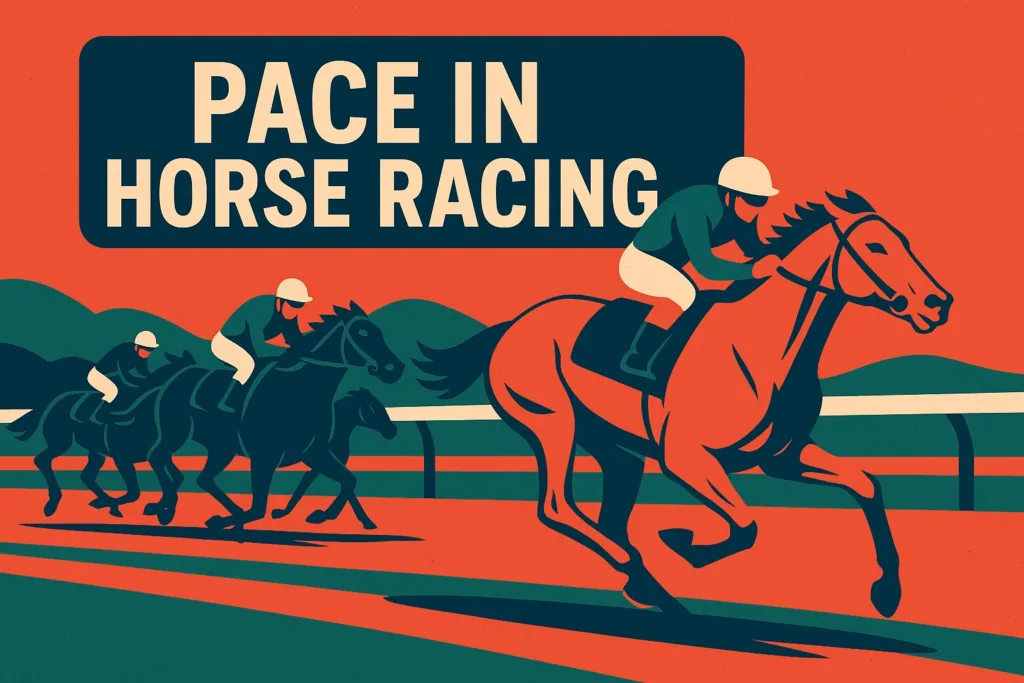
Understanding Pace in Horse Racing
When it comes to analysing horse racing, many people focus on form, class, distance, draw, and going. While all of those factors are crucial, there’s another element that can make or break a race: pace.
Understanding pace in horse racing is essential for punters, traders, and enthusiasts alike, because it often dictates how a race unfolds and who comes out on top.
What is Pace in Horse Racing?
Pace refers to the early speed of a race – how fast the horses set off and the tempo at which the race is run. Some races are run at a furious gallop from the start, while others crawl until quickening late on. The pace can be influenced by the jockeys, the number of front-runners in the field, the distance, and even the layout of the track.
In simple terms:
- Strong pace: horses go fast from the start, often favouring those held up off the pace who can swoop late.
- Slow pace: horses settle into a crawl, which usually benefits those near the front, as it’s harder for hold-up horses to make up ground in the closing stages.
Why Pace is So Important
- Race Shape Determines Winners
A horse’s running style matters. Some are natural front-runners, while others prefer to be held up for a late charge. If the race sets up perfectly for a horse’s style, it can transform its chances. - Betting Value
Many punters overlook pace, focusing instead on past results. But those results often depended on the way the race was run. A horse beaten out of sight in a race with a strong pace could look much better next time in a slower-run affair – and the market may underestimate it. - In-Play Opportunities
On betting exchanges, pace plays a huge role. If a horse is going too hard up front, its odds may shorten early but drift late as fatigue sets in. Conversely, a horse cruising behind a hot pace might look like it’s travelling strongly and offer trading opportunities. - Track Bias and Pace Bias
Some tracks suit front-runners, while others lend themselves to hold-up horses. Combine that with the anticipated pace and you get a powerful angle. For example, a front-runner on a course that favours early speed in a field with no other pace setters can be a huge advantage.
How to Assess Pace in a Race
- Look at past performances: check how horses have run previously – were they prominent, mid-division, or held up?
- Consider the field: are there multiple front-runners likely to contest the lead, or just one horse that likes to dictate?
- Think about the trip: sprint races often have a strong pace, while longer races may be more tactical.
- Factor in the draw: at some tracks, the stall position can affect how easily a horse can get the lead.
Conclusion
Pace is the invisible hand that shapes every race. By understanding how fast the early stages are likely to be run and which horses it will favour, you can gain an edge both before the off and in-running. For punters and traders, pace analysis is one of the most underrated yet powerful tools in horse racing.
